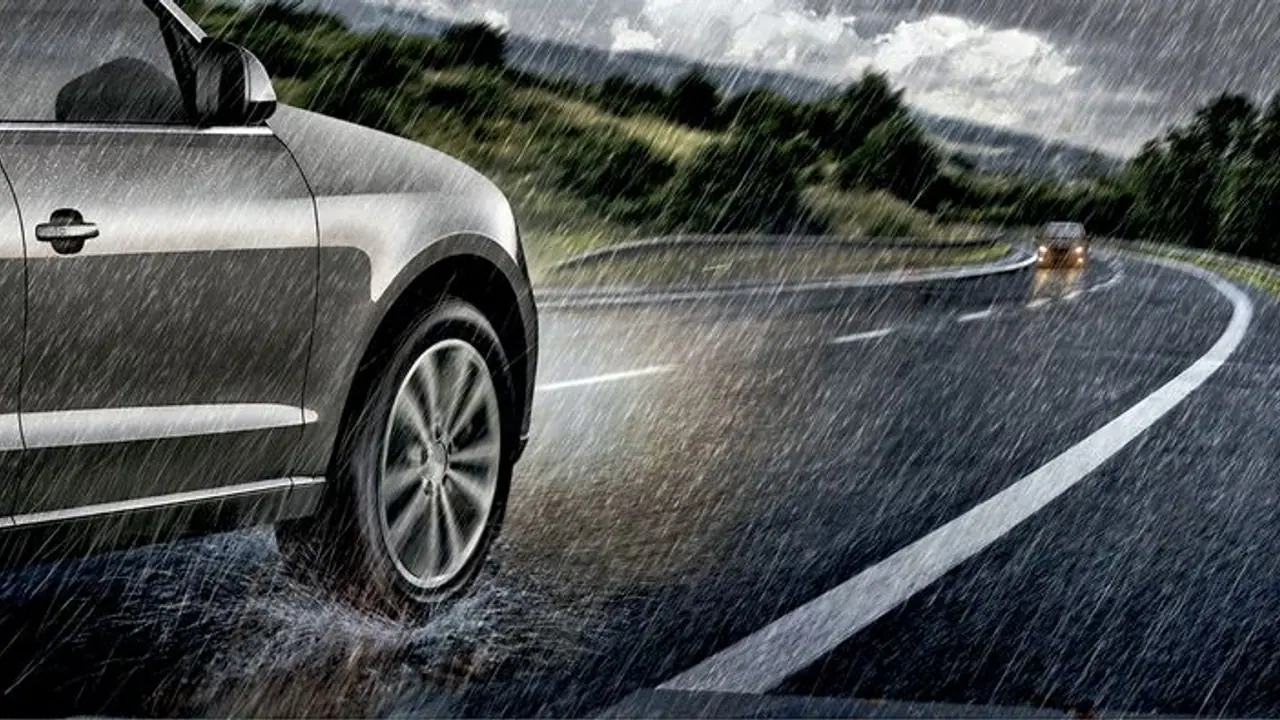Driving during the monsoon season can be risky due to reduced road traction and visibility. This article provides essential tips for safe driving in rainy conditions.
Heavy rains have been lashing several parts of the state for the past few days, with more rain forecast. Roads in many areas are damaged, disrupting traffic. However, many people still need to drive for essential errands. During the monsoon, reduced visibility and road traction increase the risk of accidents. Driving on wet roads requires extra caution to avoid mishaps.
Add Asianet Newsable as a Preferred Source

Here are some essential tips:
- Use both hands to steer the vehicle during the monsoon season.
- Reduce speed to increase traction between the road and tires, ensuring better control.
- Maintain a safe distance from other vehicles.
- Apply brakes gently while navigating curves.
- Brake earlier on wet roads than on dry roads, as more braking distance is required.
- Avoid sudden steering movements, especially on curves.
- Check tire pressure, treads, brakes, and oil at least once a month to ensure vehicle fitness.
- Regularly check tire pressure and tread depth.
- Avoid sudden braking to prevent skidding and loss of control.
- Increased caution on wet roads is crucial for accident prevention.
Key Points to Remember
- Avoid driving at high speeds during the monsoon to prevent aquaplaning/hydroplaning, a dangerous situation that occurs when a layer of water forms between the road and tires, leading to loss of traction and accidents.
- Ensure your car is in first or second gear before entering waterlogged areas.
- Maintain a balance between the clutch and accelerator while driving through deep potholes or waterlogged areas.
- Keep a safe distance from other vehicles.
- If visibility is poor, it's best to stop driving until the rain subsides or turns into a drizzle.
- Always turn on headlights and taillights in low visibility conditions. This provides you with a clearer view and makes your car visible to other drivers.


